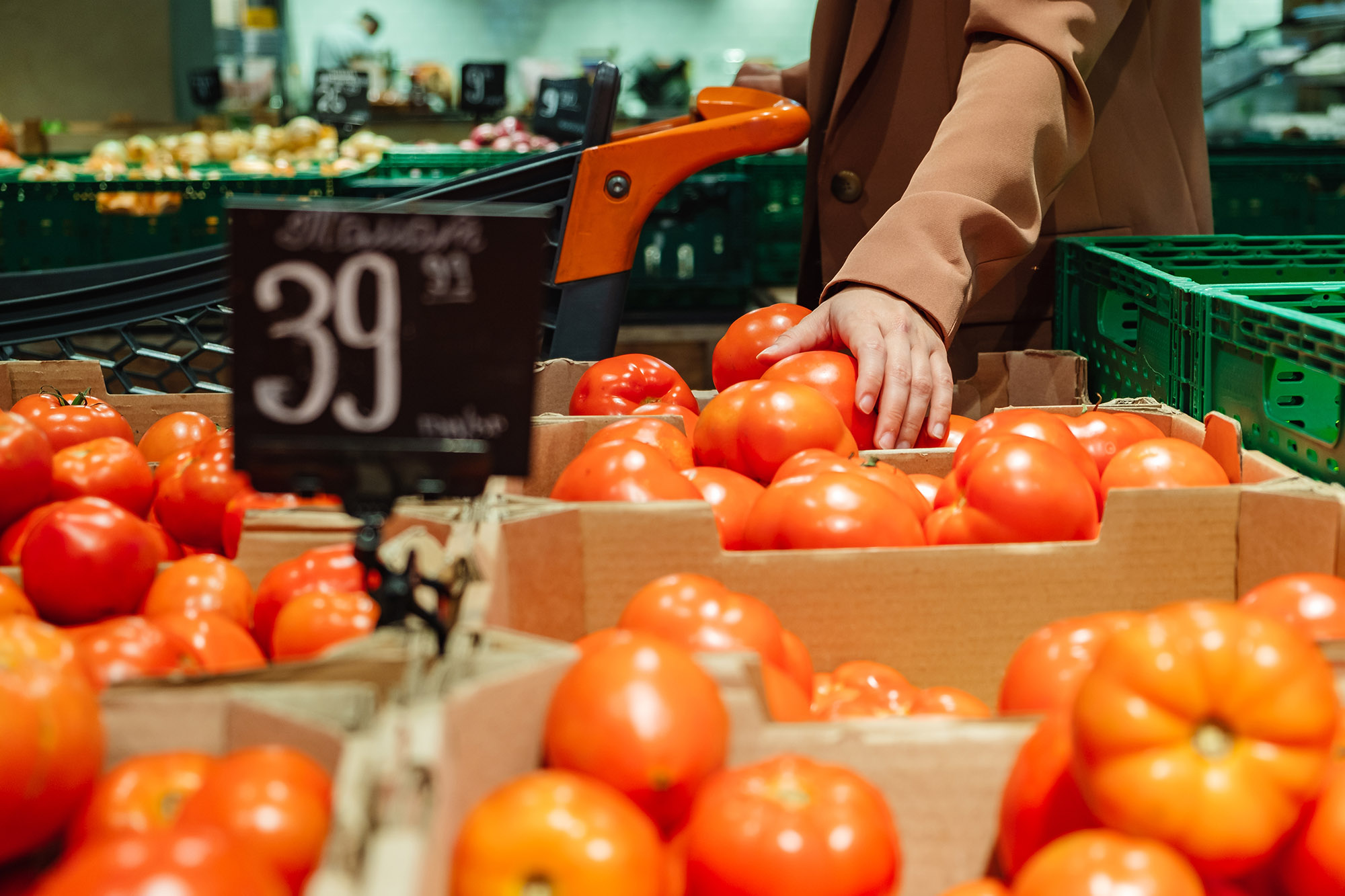
The Economics of Seasonality
Farmers and growers typically harvest a bounty of specific fruits and vegetables during their natural growing season. This abundance means stores and markets have a larger supply, and the laws of supply and demand often lead to lower prices. Moreover, seasonal produce usually doesn’t have the added costs of transportation or storage that out-of-season produce often incurs. As a result, these savings are passed on to you, the consumer.
Taste the Season
Seasonal fruits and vegetables not only cost less, but they also taste better. They are harvested at the peak of their ripeness and are full of flavor, unlike out-of-season produce which is often harvested early and ripened in transit. By buying seasonal, you’re not only saving money but also getting tastier, fresher produce.
Know Your Seasons
To make the most of seasonal savings, you need to know what’s in season when. Spring brings peas, strawberries, and asparagus, while summer offers tomatoes, corn, and zucchinis. Fall is the time for pumpkins, apples, and Brussels sprouts, and winter presents the perfect time for citrus fruits, root vegetables, and leafy greens. Familiarizing yourself with these cycles can help you plan your meals and shopping accordingly.
Check the Source
Don’t rely on the presence of a fruit or vegetable in the store as a sign that it’s in season. Many supermarkets stock a wide variety of produce year-round, thanks to global shipping. Check the source or ask your grocer if you’re unsure.
Frozen Can Be Your Friend
When your favorite fruits or vegetables are in season, consider buying in bulk and freezing for later use. This strategy allows you to enjoy your favorites even when they’re not in season, without the added cost.
Incorporating seasonal shopping into your grocery strategy can lead to significant savings and also encourage a varied and healthy diet. So, start exploring the seasonal produce aisle on your next shopping trip and taste the difference for yourself!
In our next chapter, we’ll look at another important aspect of grocery savings – reducing waste.








